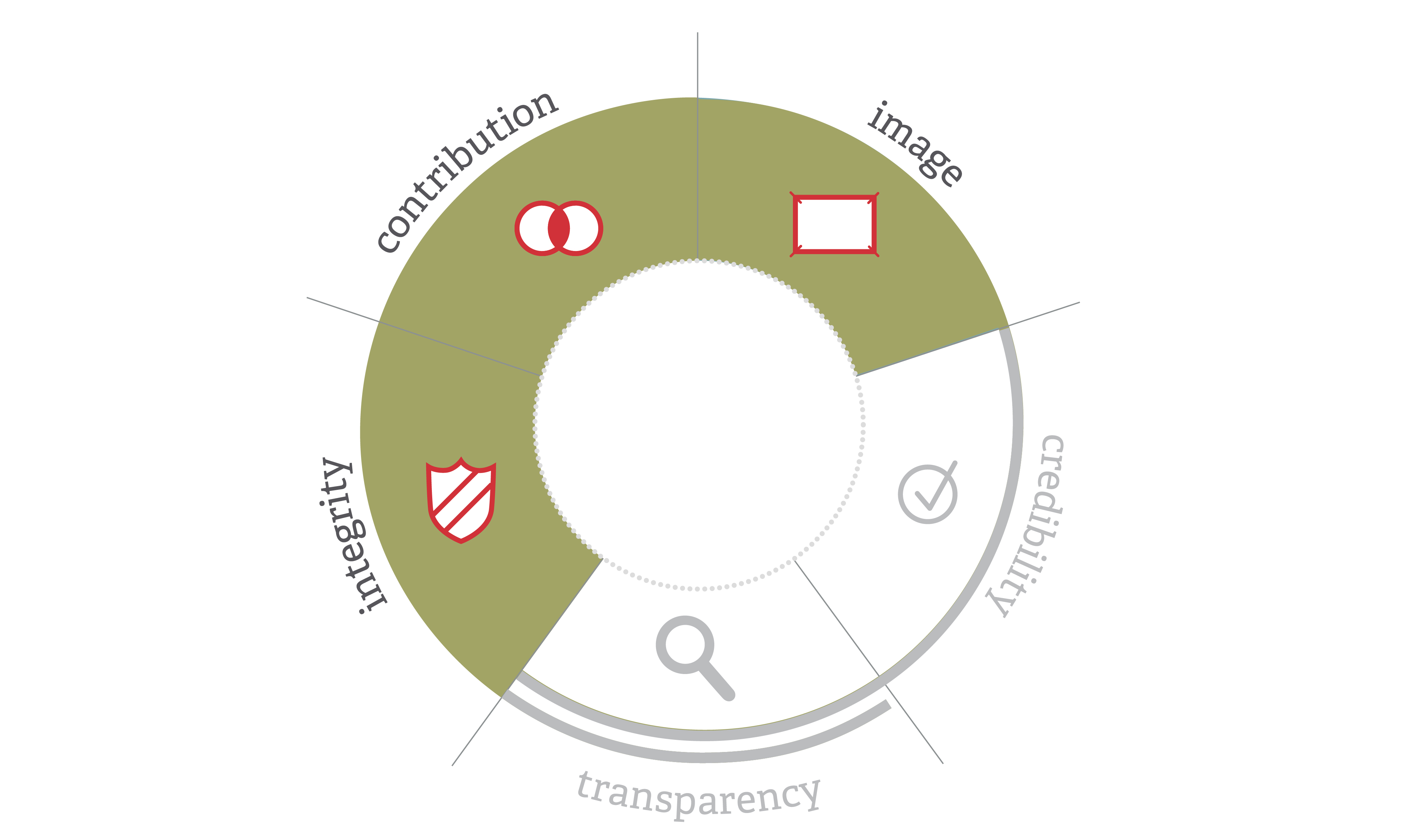A COMPANY IS A MELTING POT BECAUSE SOCIETY IS TOO
Women, Catholics, lesbians, men, millennials, black people, aristocrats, gays, Muslims, the blind, bisexuals, Jews, the retired, gypsy people, the deaf, transsexuals, Evangelists or Buddhists. For too long, we have forgotten the society in which we live is a melting pot. The western 20th century is indebted to this system which consists of creating economies of scale based on the same management standard, from a hegemonic viewpoint: that of a man who is white, Christian, heterosexual.
By the end of the last century many organizations had started to focus on diversity management but they did so without changing their glasses, thereby perpetuating the shortsightedness that prevented them from seeing that diversity in social environments is not a contingency but an opportunity. The space for diversity in organizations sought to “calm down” certain collectives. Today, diversity is becoming a relevant asset for organization management and reputation building. Business and sales’ strategies have to derive from diversity, and corporations need to take measures to defend diversity in society if they wish to gain the support of their customer-citizens.
BENEFITS OF COMMUNICATING DIVERSITY
The main benefits of diversity management for organizations are:
- Financial return
- Talent recruitment and retention
- Improvement in reputation indices
- Greater engagement with stakeholders
Some sources tell us that diversity is profitable. According to The Conference Board, 83 % of companies in the EU assure that diversity and reconciliation policies have positive impacts on the business because it boosts cultural change, improves the workforce mix, increases business opportunities, provides a competitive edge gained in the market and enhances corporate image. Companies with more gender and racial diversity have better financial performance than the average for their industry. According to a study by the Peterson Institute, companies who have women as 30 % of their management staff increase their profit mark-ups by 1 percentage point.

Diversity is an important lever for improving reputation if we look at LLORENTE & CUENCA’s model. Diversity is involved in at least 3 reputational aspects of organizations: image (generating positive feelings between people), integrity (acting ethically and honestly) and contribution (becoming actively committed to improving society):
- In terms of image, communicating diversity is an asset for working on corporate positioning and it is attractive as an employer brand.
- In terms of integrity, it helps to minimize the participation of the organization in reputational risk situations.
- In terms of contribution, it relates corporate values with the concerns of civil society and helps to empathize with stakeholders.
COMMUNICATING A DIVERSITY PLAN
Irrespective of the path taken to achieve the management and communication of diversity, there are different techniques which are recommended given the degree of maturity of each organization. We have pinpointed 3 stages:
Stage 1 | Efforts. Any progress towards inclusion must be recognized. Self-evidently, an organization which is taking its first steps in this regard must make its progress visible as it still lacks results. No problem. Either because an equality plan is being approved, an internal awareness plan is being implemented or the first steps are being taken in selection processes, efforts must be converted into communication milestones. It is crucial to achieve this with humility, as many other companies have already demonstrated great experience in this field and getting involved in the same discourse may make the differences with them more visible.
At this stage, “take the temperature” of the organization, measuring the top management’s commitment level and working with a clear diagnosis as to where you are. The next step is to ask: what do I have to report? What inclusion story do I want to tell? How am I going to integrate it into my corporate values?
Stage II | Results. The policies of the diversity and inclusion plan from the previous stage will bear fruit and it will soon be time to talk about them: the reduction in the pay gap, an enhanced gender balance in management posts, the integration of new generations or LGTBI people, etc.
It is time to make clear which our stakeholders (communities) talk about diversity and what they are talking about (territories) to then define a new action plan in which you will afford space to our own inclusion content (PR brand). You may organize some kind of external event on diversity under the corporate image or brand itself as our arguments now have credibility.
Stage III | Acknowledgements. The results of diversity and inclusion policies should bear fruit in the form of awards, agreements and initiatives with other partners. At this stage, the organization already has sophisticated arguments, it has learned from its own mistakes and it is capable of adopting an educational approach with other companies to help the corporate sector as a whole work on diversity. Because the natural vocation is to be perceived and recognized by your stakeholders as an organization which is committed to diversity and which works actively alongside society so that other organizations do so too.




